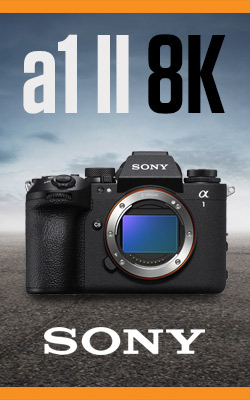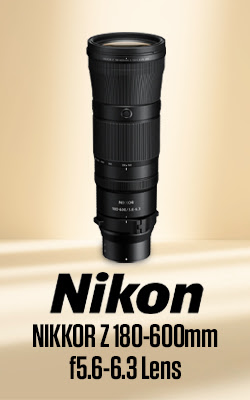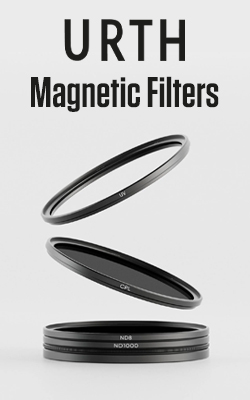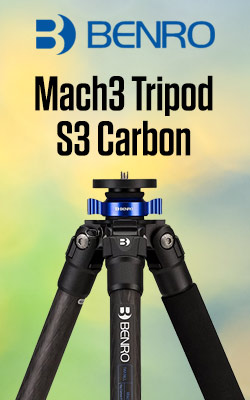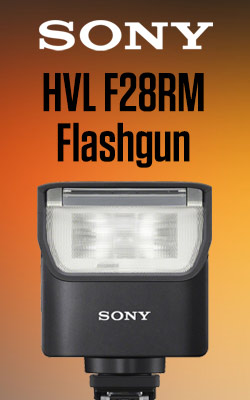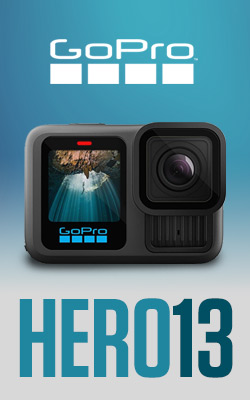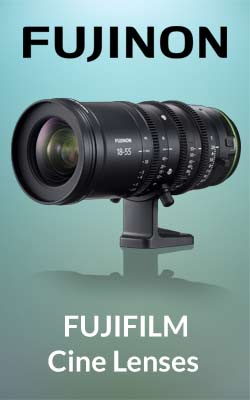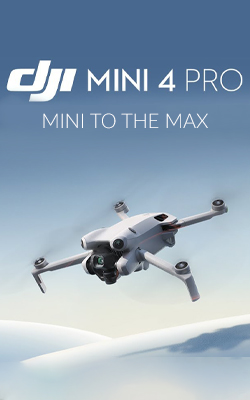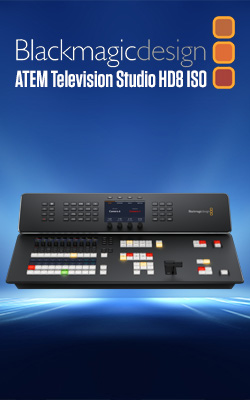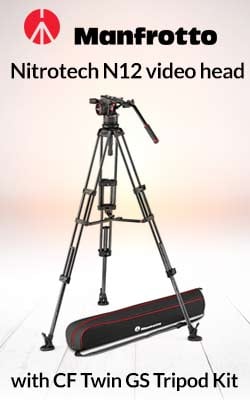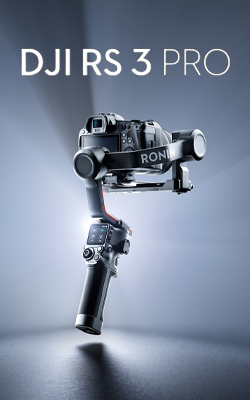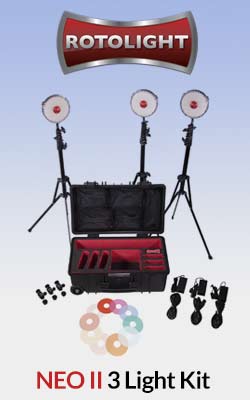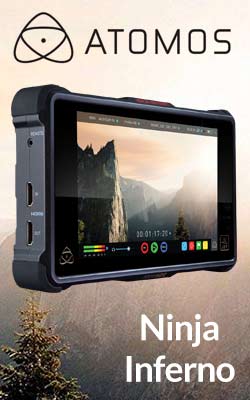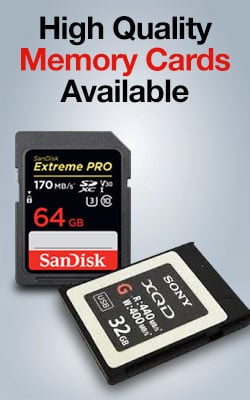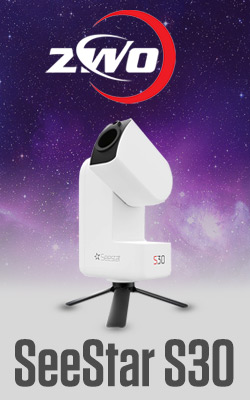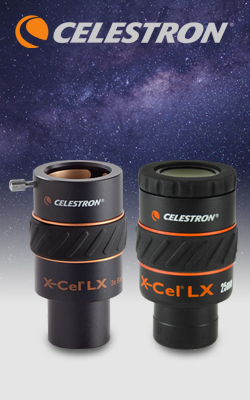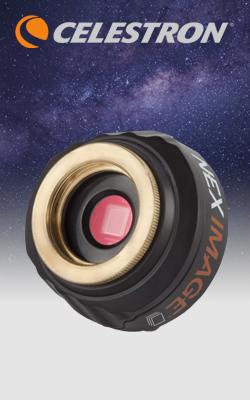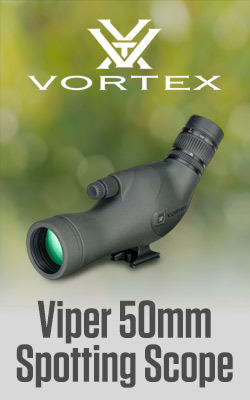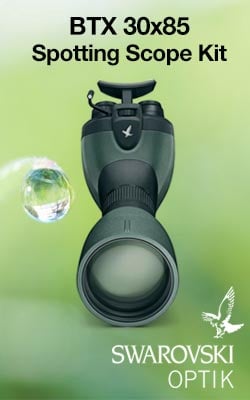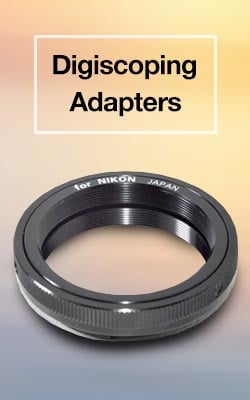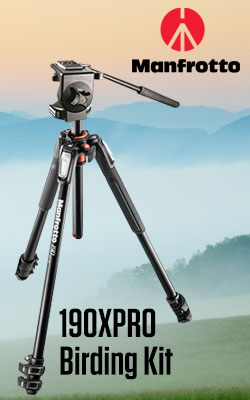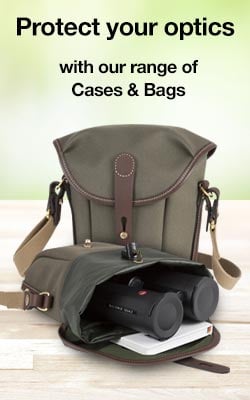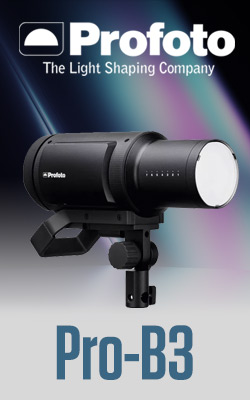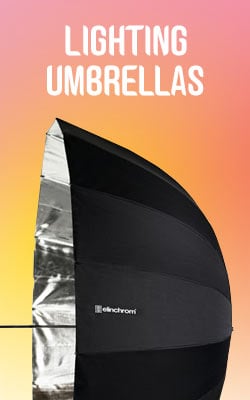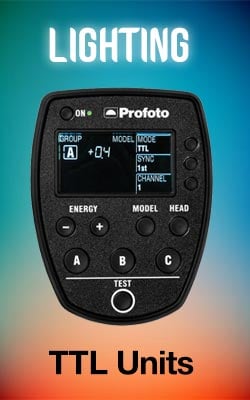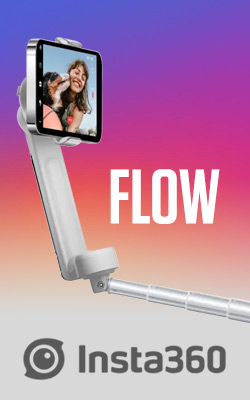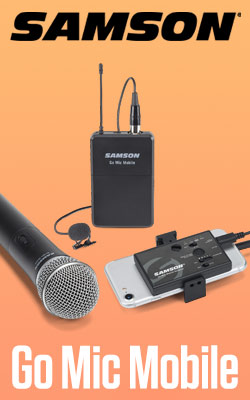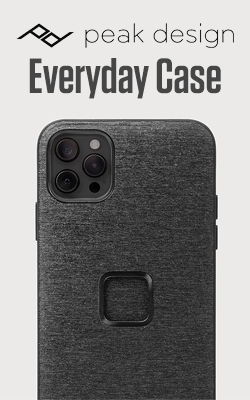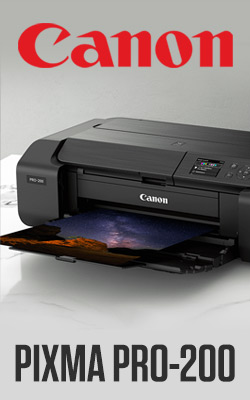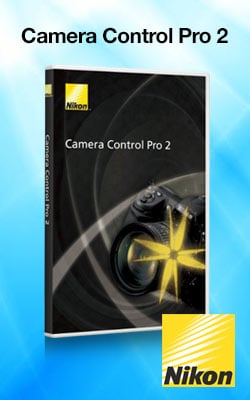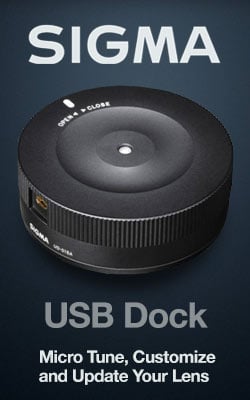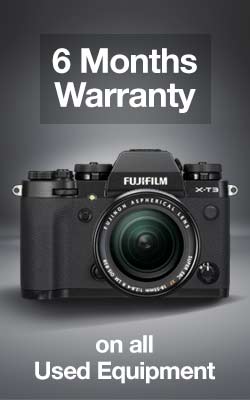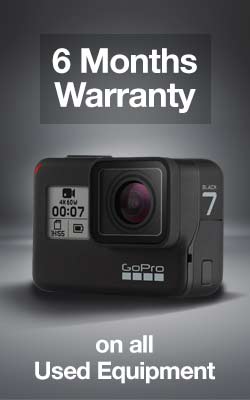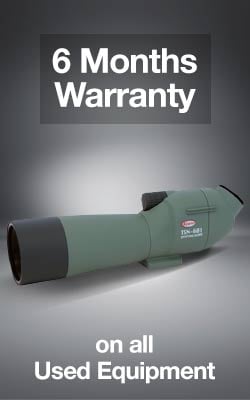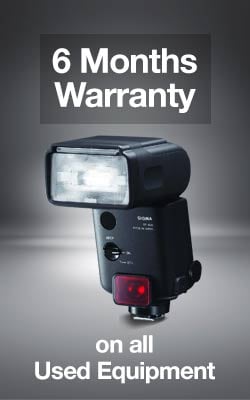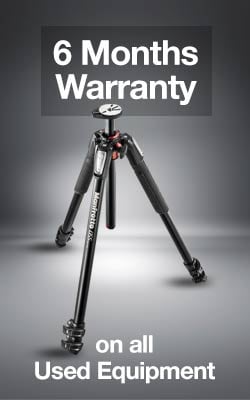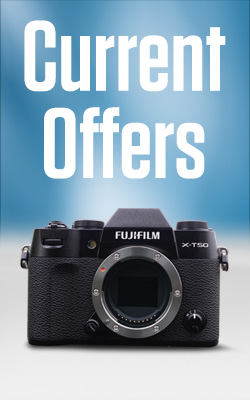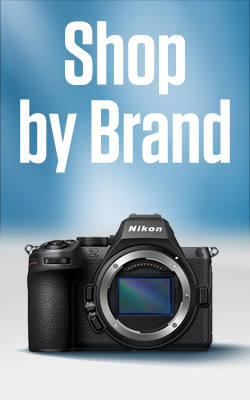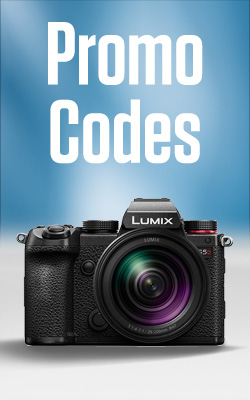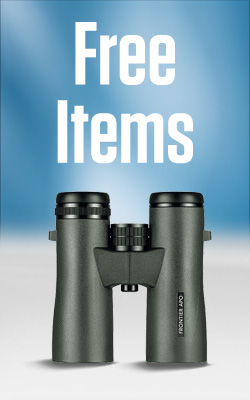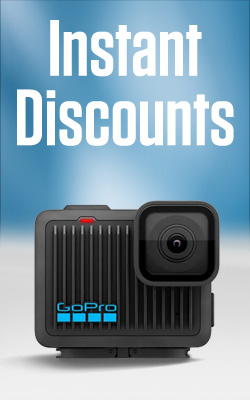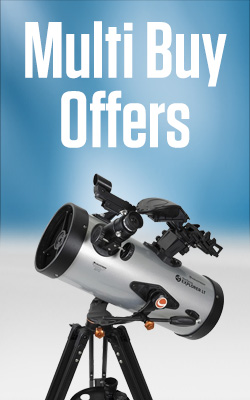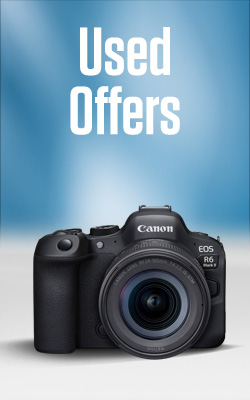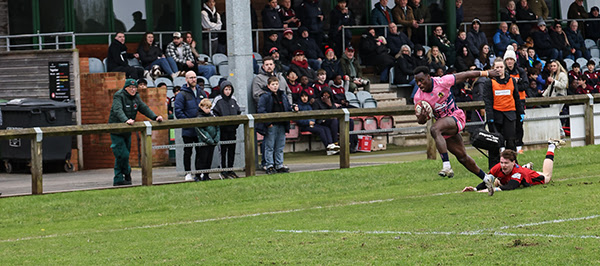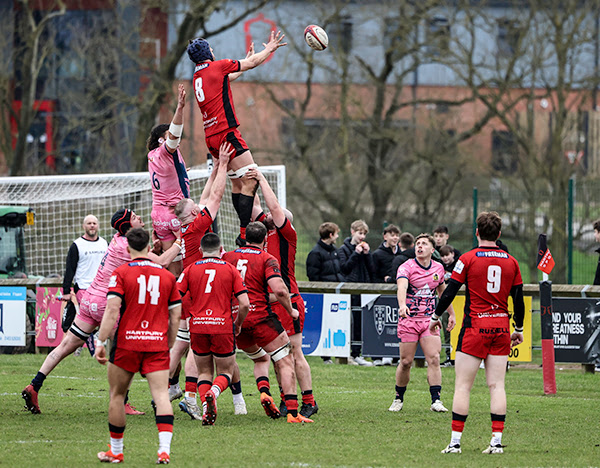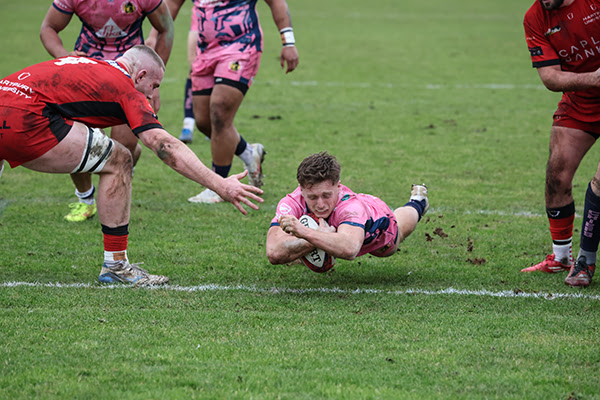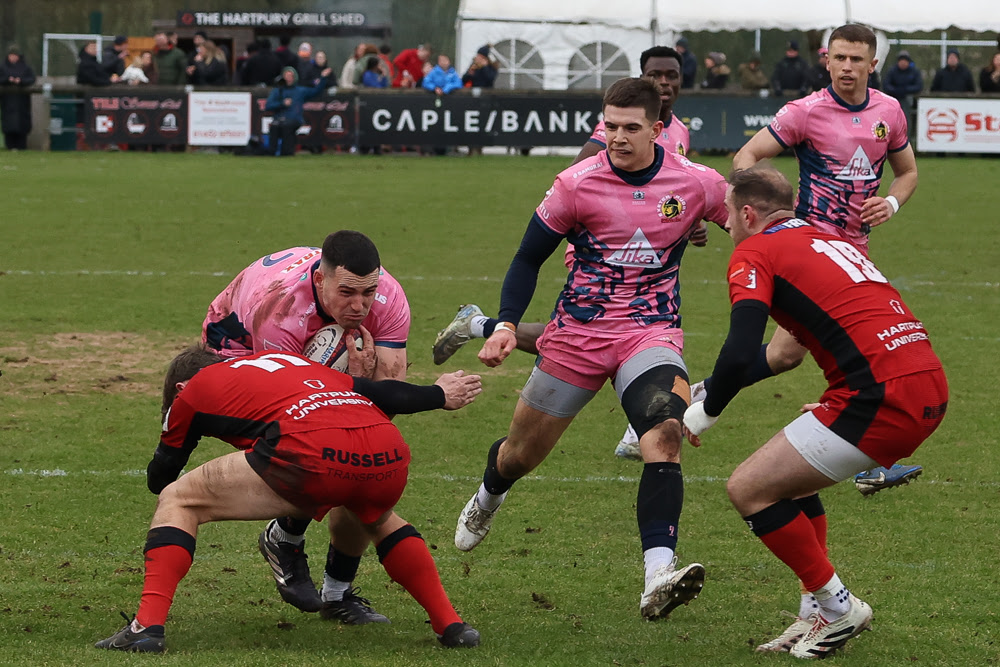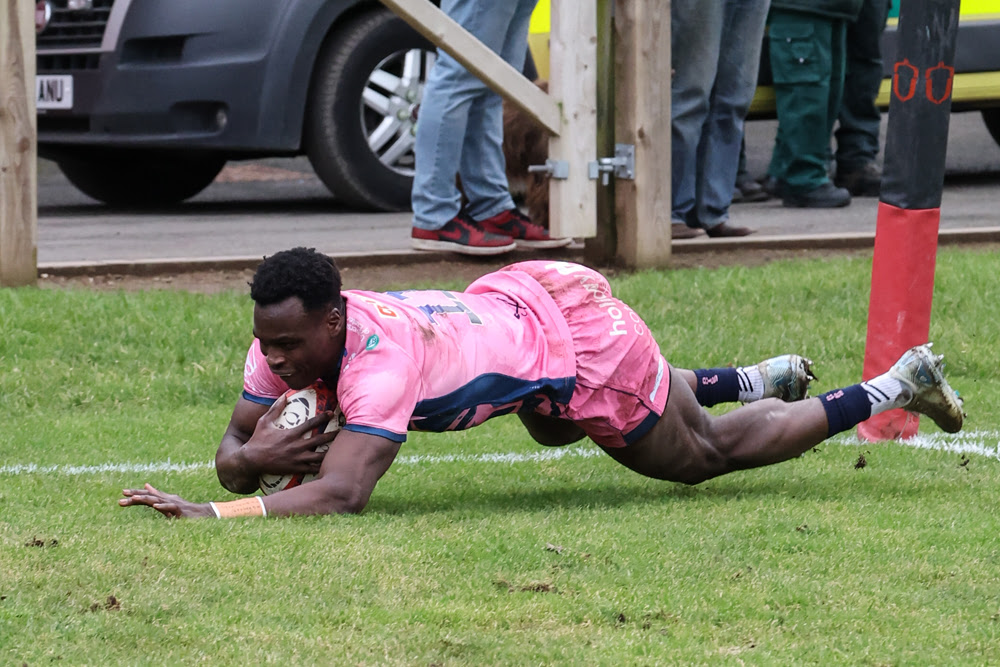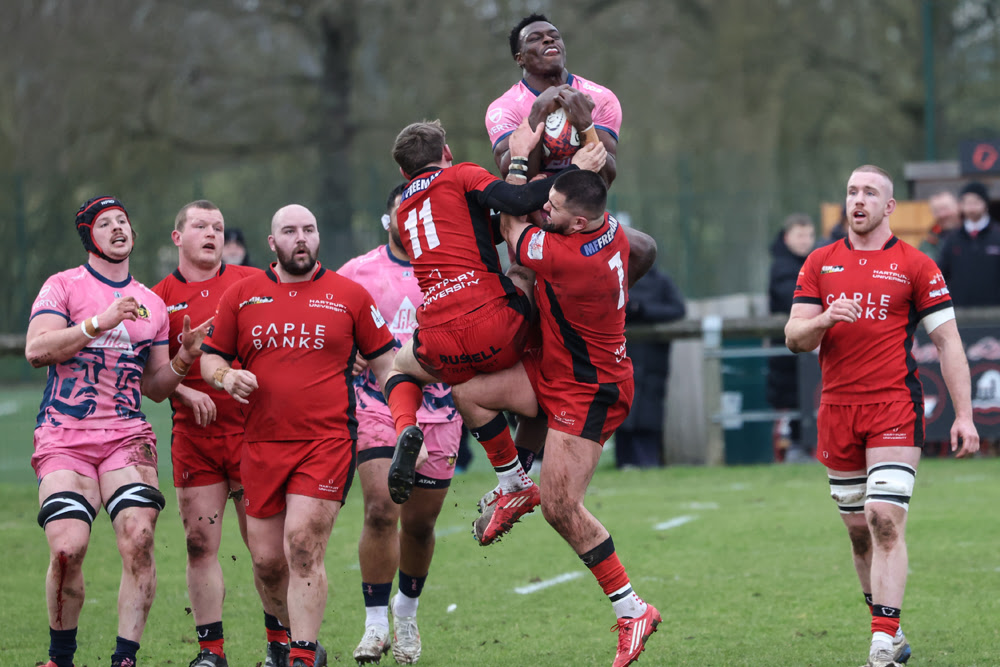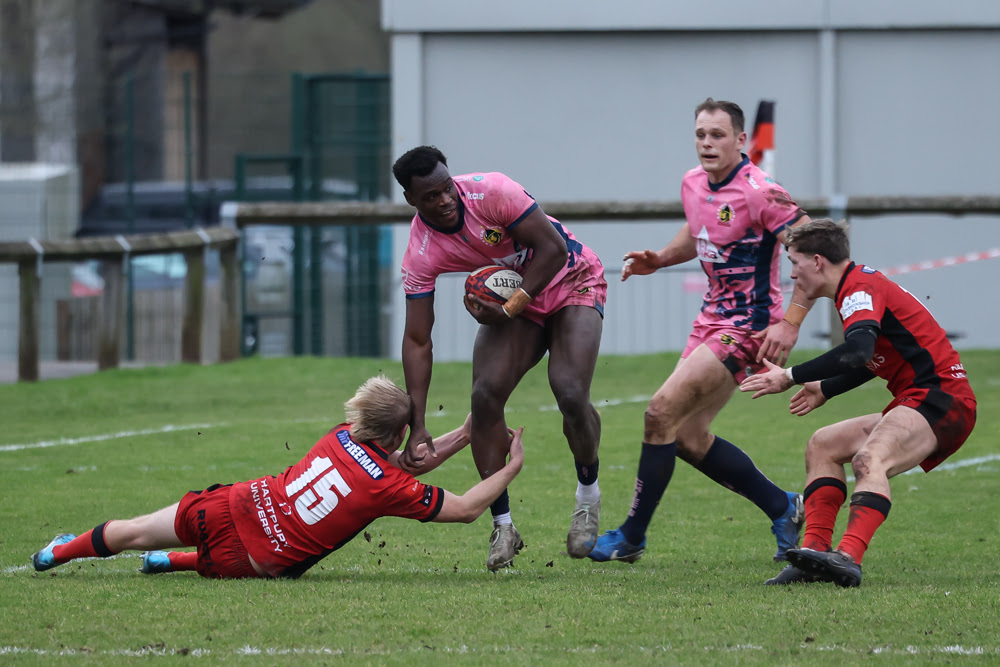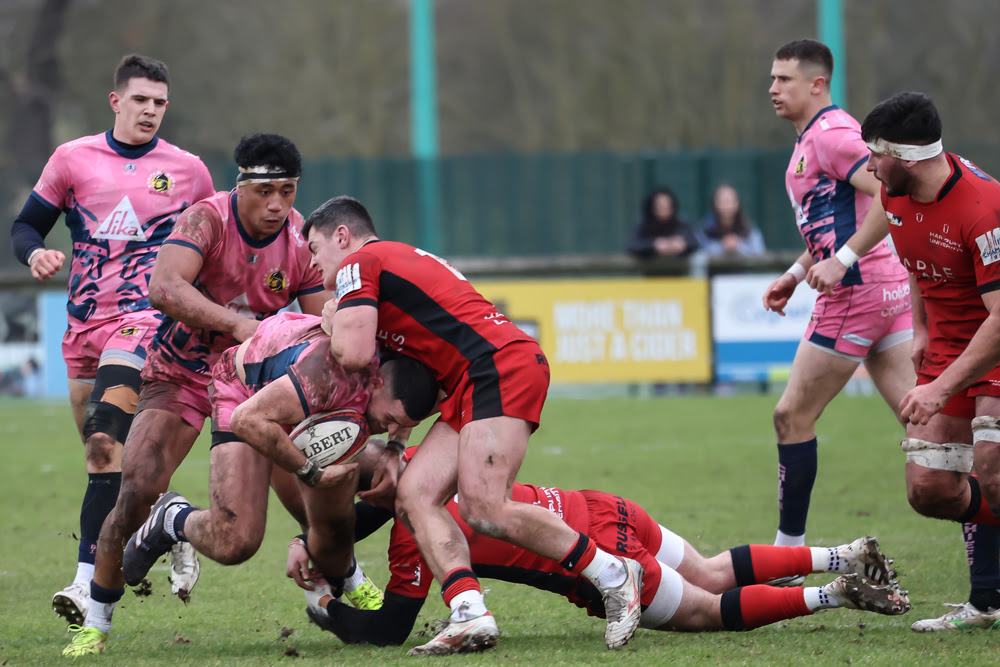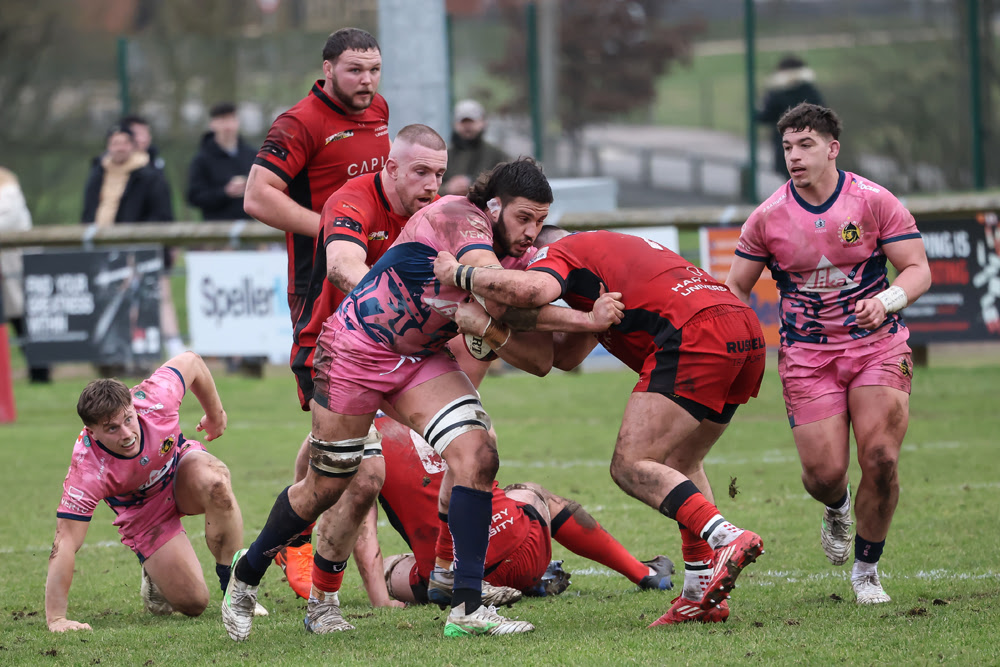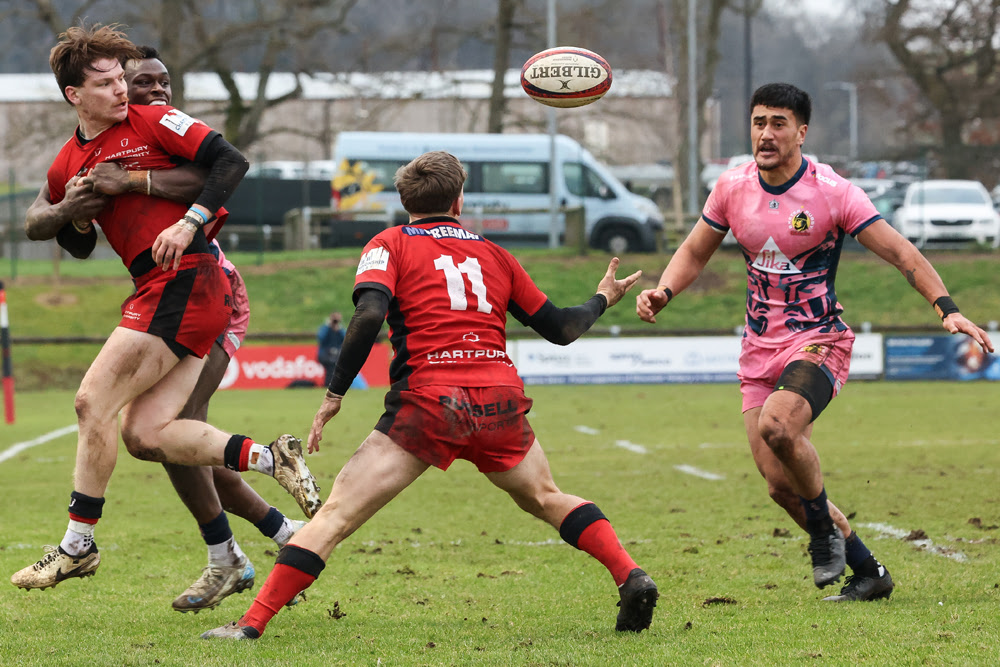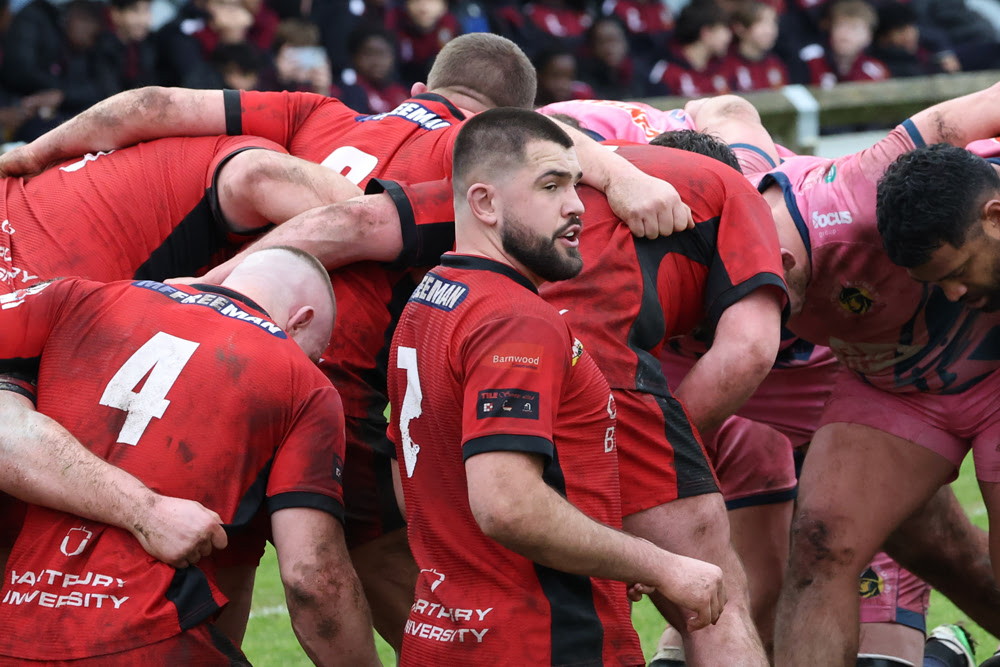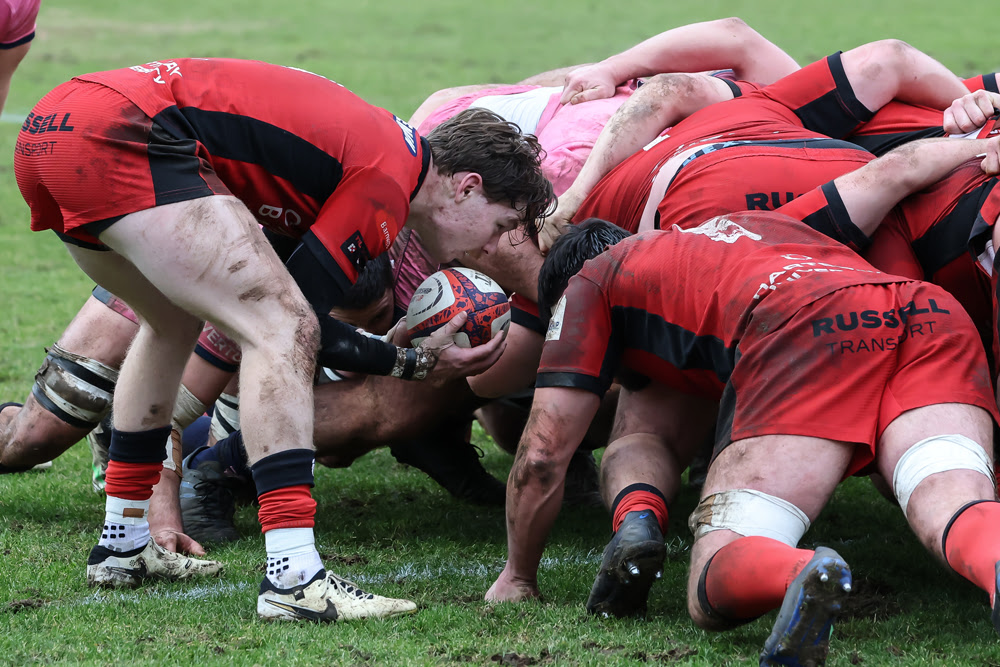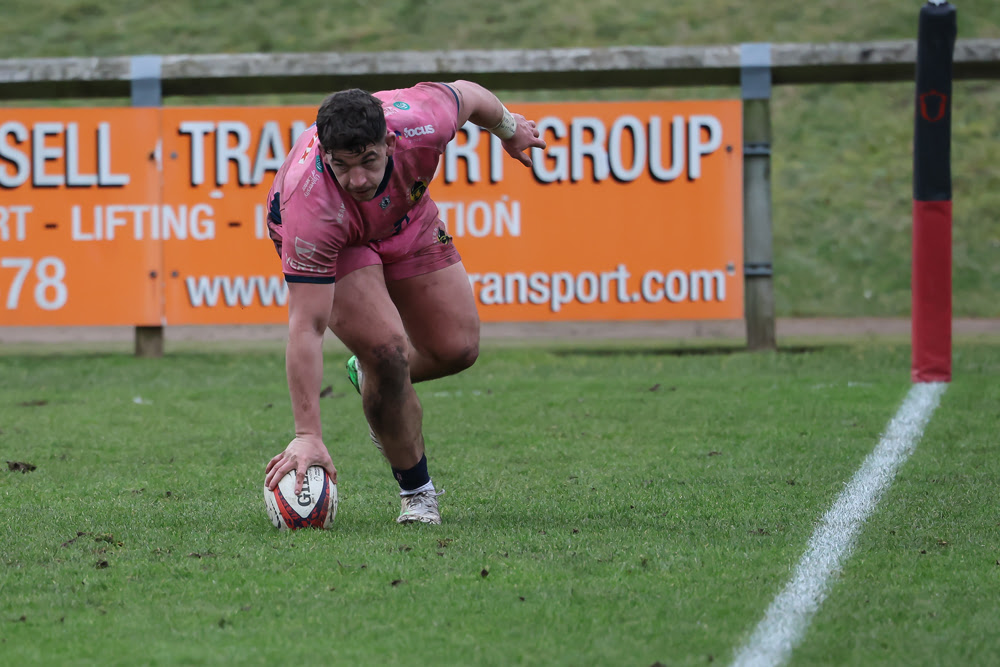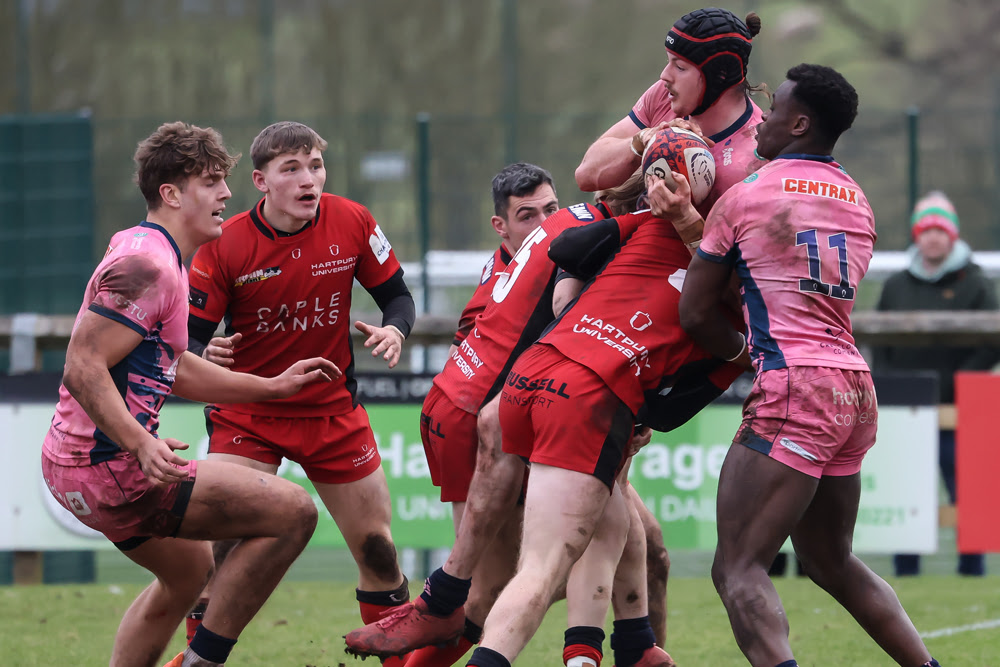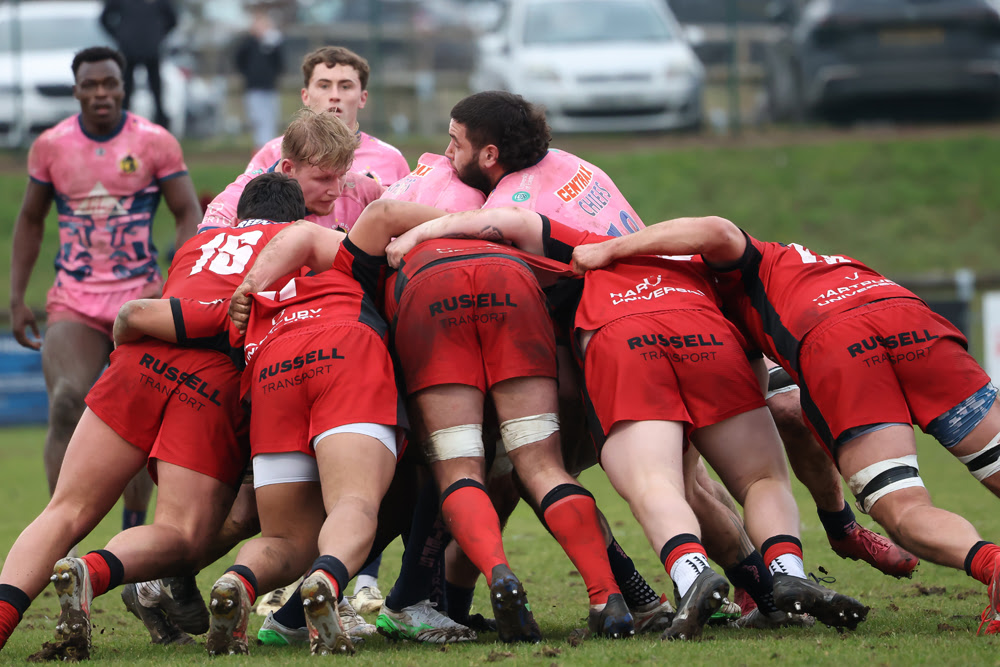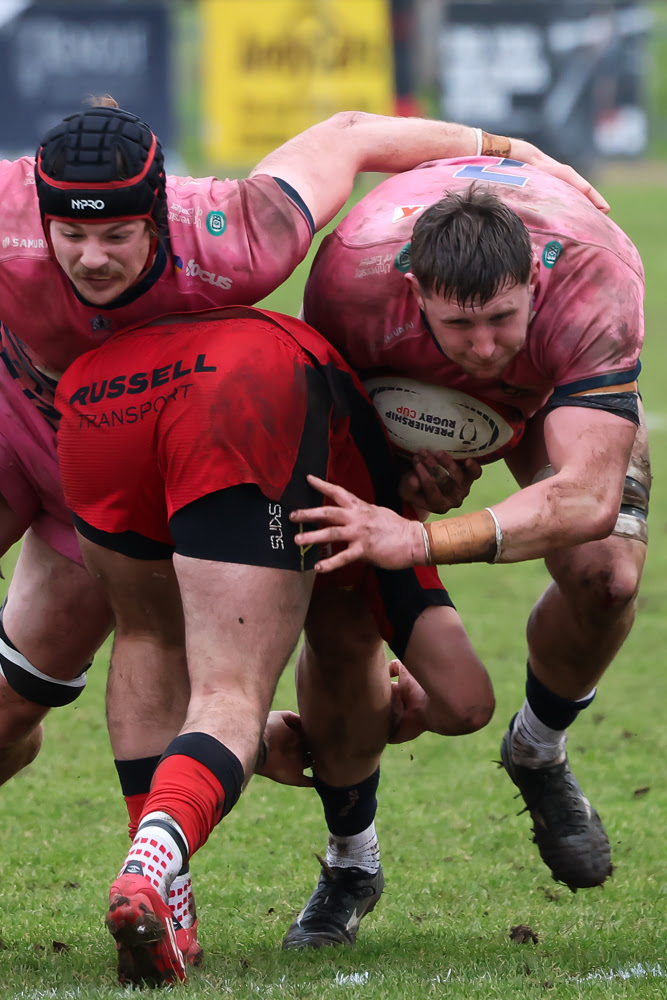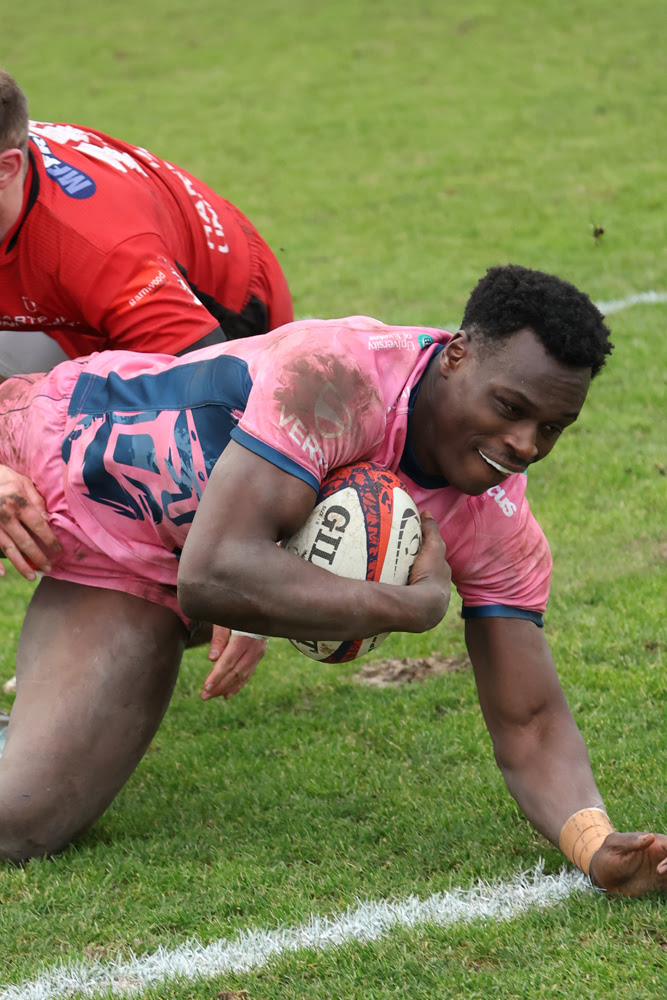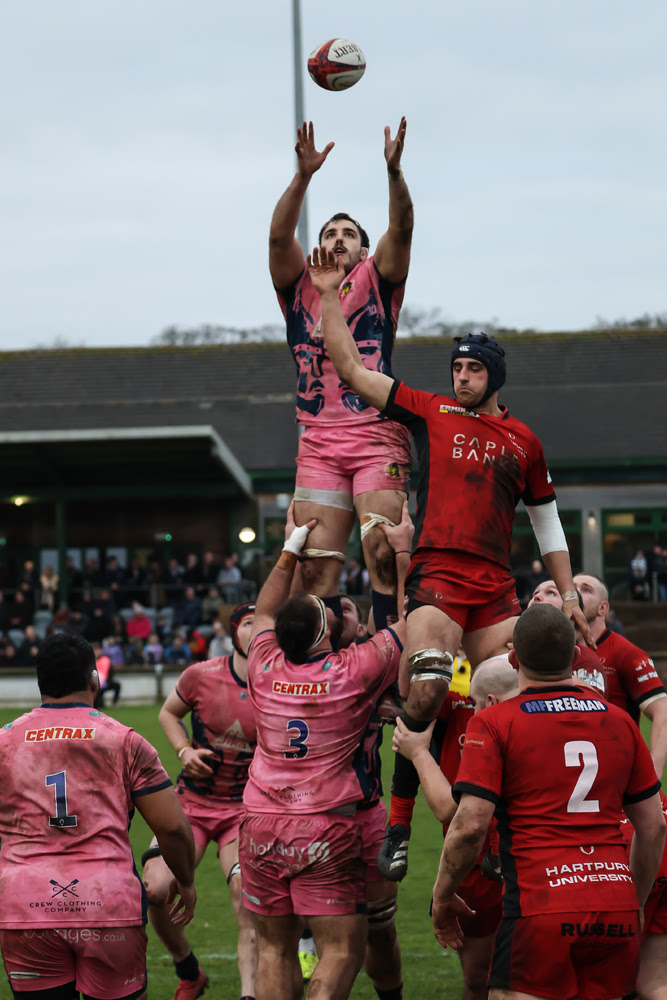Should the Canon R1 be the First Choice for Sports Photography?
I had the opportunity to use the Canon R1 camera at the Hartpury University RFC vs. Exeter Chiefs Premiership Rugby Cup match. Having taken photos of many rugby matches with my Canon 5D Mark IV and the Sigma 150-600mm F5-6.3 DG OS HSM | Contemporary Lens, the chance to try the new flagship camera paired with the Canon RF 100-500mm f4.5-7.1L IS USM lens was exciting.
Rugby is one of the most dynamic and physically intense sports for a photographer to capture. With its fast pace, explosive tackles, and emotional highs and lows, it would give me the perfect chance to put the Canon R1 to the test.
First Impressions
My first impression was how daunting the camera appeared, with so many settings and buttons to control. Moving from a DSLR to a mirrorless system comes with a learning curve, and the Canon EOS R1 is no exception.
To get accustomed to its settings, I decided to get a practice game in with my son's team, and I’m glad I did. This allowed me to dial in the ideal settings before the big game and make any necessary adjustments.
One of the first things I did was disable some of the button functions to prevent accidental changes while shooting.
I was also initially concerned about the weight of the camera and lens combination, as I prefer to handhold my gear rather than use a monopod or tripod. Surprisingly, the setup felt well-balanced in my hands. The 8.5 stops of image stabilisation in the RF 100-500mm lens made a noticeable difference, allowing me to shoot handheld without compromising image sharpness.
Viewfinder and Shooting Experience
The Canon R1’s 9.44MP electronic viewfinder (EVF) with a 120fps refresh rate was a revelation. The clarity and brightness were akin to watching a high-end television, making it easier to track fast-moving players.
Even in low-light conditions towards the late afternoon, the R1 handled itself admirably. The back-illuminated stacked dual-pixel CMOS AF sensor combined with the DIGIC X processor enabled rapid data processing, eliminating viewfinder blackout—an issue I had encountered with my previous camera.
I set the camera to High-Speed Continuous shooting, allowing me to capture up to 40fps, and I also enabled the pre-capture function at its maximum setting. The electronic shutter was virtually silent, a significant advantage when listening to the players for cues on the next play. The pre-capture feature was a game-changer—it allowed me to anticipate the action and ensure I never missed a crucial moment. My hit rate of sharp, well-timed images significantly improved.
Autofocus Performance
I set the Advanced Autofocus system to track people, and while it occasionally jumped between players, it was highly intuitive. The Dual Pixel Intelligent AF with cross-type AF points provided impressive sensitivity and precision, particularly in low-light and low-contrast conditions.
I would have liked more time to fine-tune the Eye Control AF and utilise the People Priority mode, which ensures key players remain in focus. With more practice, I can see how these features would be a massive benefit.
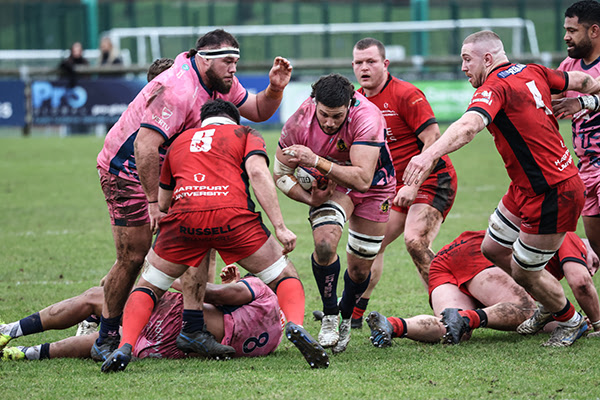 For exposure settings, I used 1/1000s as my base shutter speed to freeze motion, set the aperture as shallow as possible, and let the camera’s auto ISO handle the rest. This setup allowed me to isolate subjects from the background while adapting to changing lighting conditions seamlessly.
For exposure settings, I used 1/1000s as my base shutter speed to freeze motion, set the aperture as shallow as possible, and let the camera’s auto ISO handle the rest. This setup allowed me to isolate subjects from the background while adapting to changing lighting conditions seamlessly.
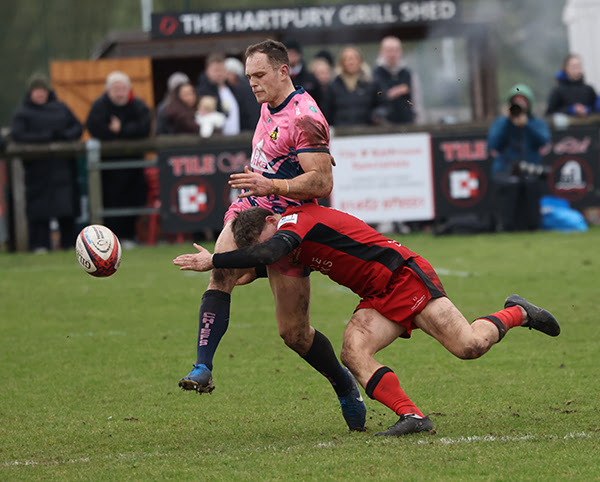 The R1 includes an action autofocus mode, but it is currently limited to specific sports such as football, basketball, and volleyball. Hopefully, future firmware updates will expand its capabilities to more sports, including rugby.
The R1 includes an action autofocus mode, but it is currently limited to specific sports such as football, basketball, and volleyball. Hopefully, future firmware updates will expand its capabilities to more sports, including rugby.
Image Quality and Low-Light Performance
One of the standout features of the R1 is its ability to process a large amount of data instantaneously. The fast readout speeds and advanced image processing translate into stunning image quality. Colours were vibrant yet natural, and the detail retention was remarkable even when cropping images. The dynamic range was impressive, capturing both highlight and shadow details effectively, even in the harsh midday sun and under stadium floodlights.
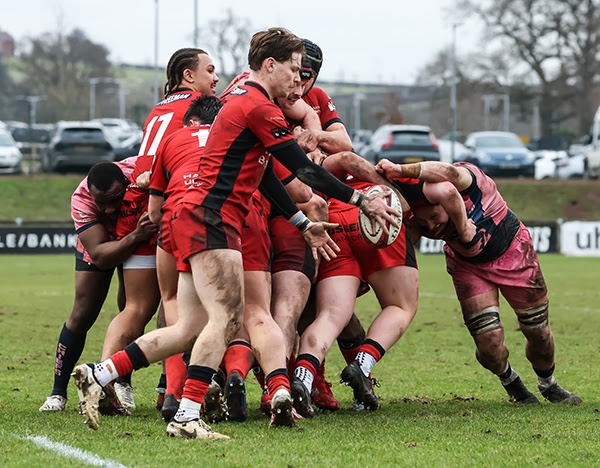 Compared to my Canon 5D Mark IV, the R1 delivered a noticeable improvement in sharpness and autofocus accuracy. The high ISO performance was exceptional, with minimal noise even when shooting in dimly lit conditions.
Compared to my Canon 5D Mark IV, the R1 delivered a noticeable improvement in sharpness and autofocus accuracy. The high ISO performance was exceptional, with minimal noise even when shooting in dimly lit conditions.
Ergonomics and Usability Over Time
Despite my initial concerns about handling, the Canon R1 proved to be comfortable for extended periods. The grip felt secure, and the button layout became more intuitive the more I used it.
However, I did find that with gloves on, some buttons were a bit too sensitive, leading to accidental presses. Customising the button functions helped mitigate this issue.
The dual CFexpress card slots allowed me to shoot without worrying about buffering or storage limitations. Additionally, the ability to simultaneously capture video and photos is an excellent feature for those looking to create quick social media content.
Comparison to Other Sports Cameras
The Canon R1 enters a competitive field, going up against rivals like the Sony A1 and Nikon Z9. In terms of speed, autofocus performance, and image processing, the R1 holds its own. The pre-capture feature gives it an edge, ensuring photographers can grab crucial moments even if they react slightly late.
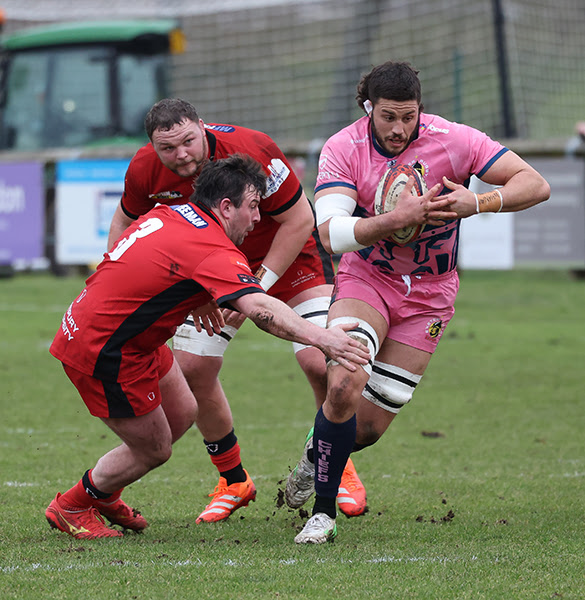 Compared to the Sony A1, which also offers 30fps continuous shooting, the R1’s autofocus seemed more tailored for sports and action photography. The Nikon Z9 has received praise for its subject detection and tracking, but in my experience, the R1’s deep-learning AI autofocus system was incredibly effective at keeping up with the chaos of a rugby match.
Compared to the Sony A1, which also offers 30fps continuous shooting, the R1’s autofocus seemed more tailored for sports and action photography. The Nikon Z9 has received praise for its subject detection and tracking, but in my experience, the R1’s deep-learning AI autofocus system was incredibly effective at keeping up with the chaos of a rugby match.
Who Should Buy the Canon R1?
The Canon R1 is an exceptional choice for professional sports photographers who demand the highest level of performance. Its blazing-fast autofocus, high continuous shooting speed, and outstanding low-light capabilities make it a top-tier tool for capturing high-action moments with precision.
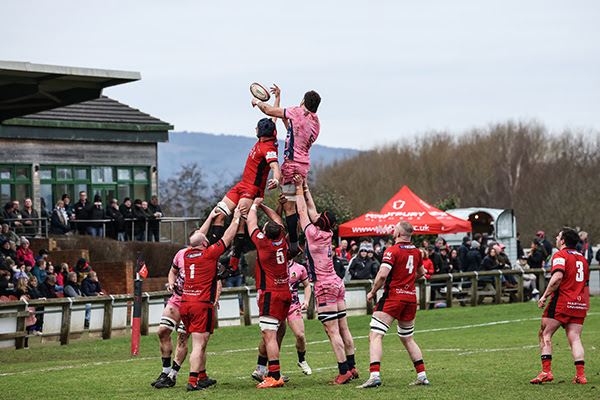 For enthusiasts, the R1 may be overkill, given its price point and advanced feature set. However, those who regularly shoot fast-paced sports or wildlife photography and require the best possible equipment will find the investment worthwhile.
For enthusiasts, the R1 may be overkill, given its price point and advanced feature set. However, those who regularly shoot fast-paced sports or wildlife photography and require the best possible equipment will find the investment worthwhile.
Final Verdict
In conclusion, the Canon R1 stands out as a premier option for sports photography. Its combination of cutting-edge autofocus, rapid continuous shooting, and impressive image quality makes it a compelling choice for professionals. The seamless integration with Canon’s RF lens system further enhances its appeal, providing photographers with the tools needed to capture every decisive moment.
While there is always room for improvement, such as expanding the action autofocus mode to more sports, the Canon R1 is undeniably a powerhouse. If you’re serious about sports photography and need a camera that keeps up with the intensity of the game, the R1 should be at the top of your list.
Canon R1 Sample Gallery
Click on any of the images in this blog to view them in full resolution.
Convinced Yet?
Buy the Canon EOS R1 camera today!
Read next
- Canon V1 | The Ultimate Compact Vlogging Camera? | First Look
- Storymaking with the Canon EOS R5 II – A non-specs review
- Canon R8 Review: Where does it stand?
Thank you!
Thanks for taking the time to read our blog, we really do hope they help you out and answer some of your questions. If you still have some unanswered, then please feel free to get in touch with our team of experts.
We have a LiveChat option on our website and we can, of course, be contacted via our email, we're also on the end of the phone too! Read more on how to contact us here >
Want to write for us?
If you've got experience with producing content on photo, video and/or optics products or techniques then we would love to hear from you. Contact our blog editor, Bea, with a sample of your work at [email protected].
- By Mark Zygo
- 2 May 2025


